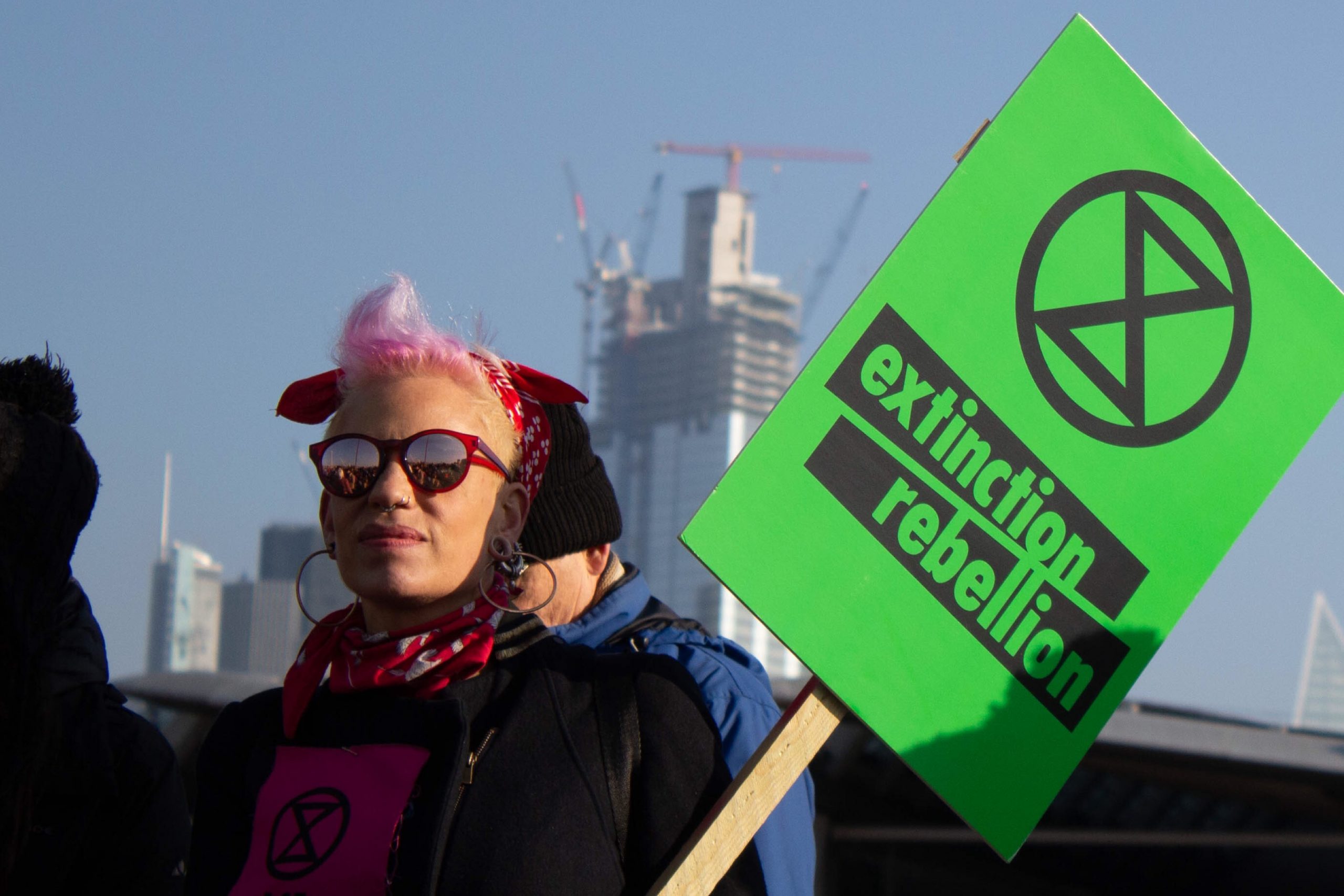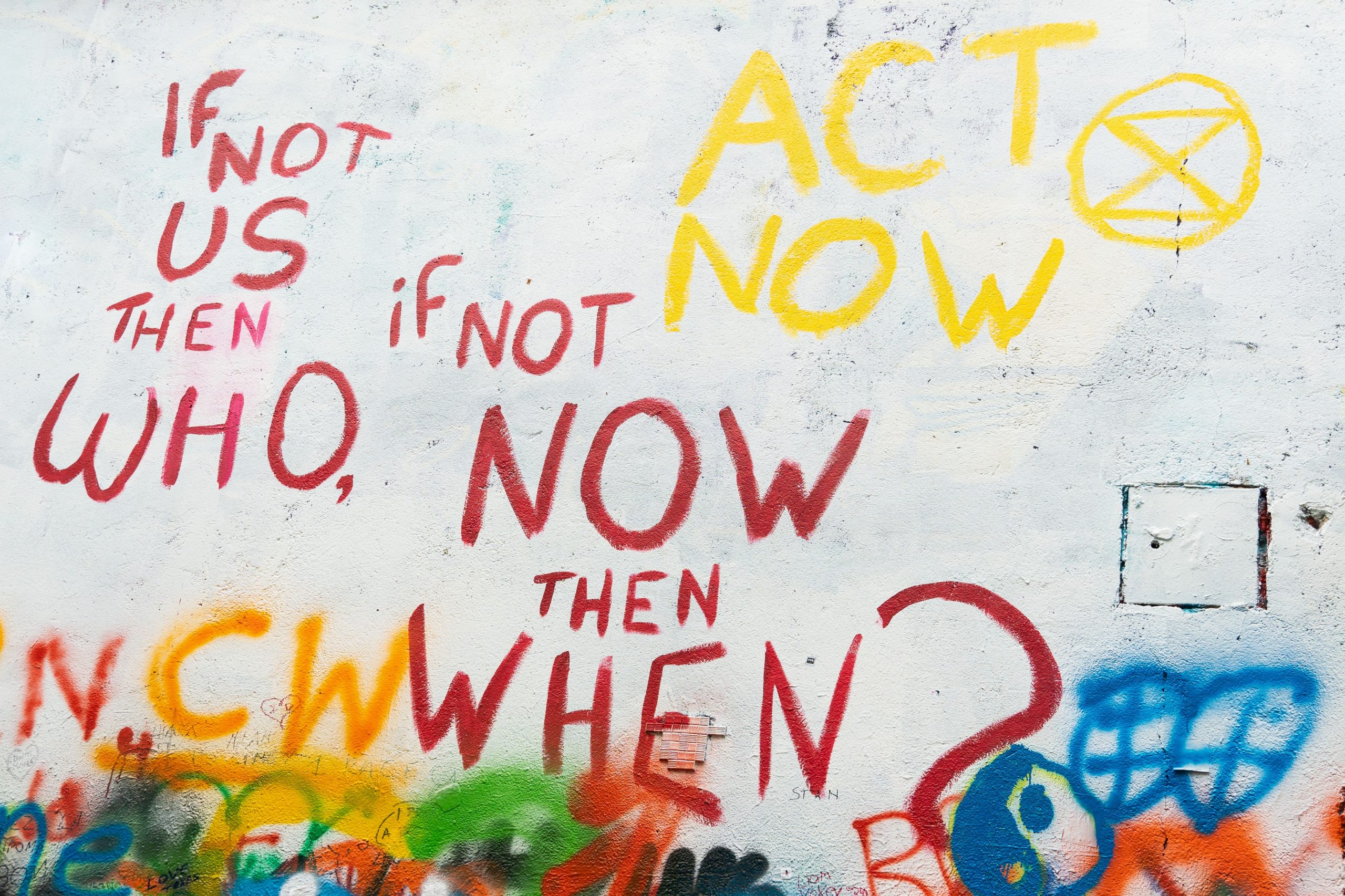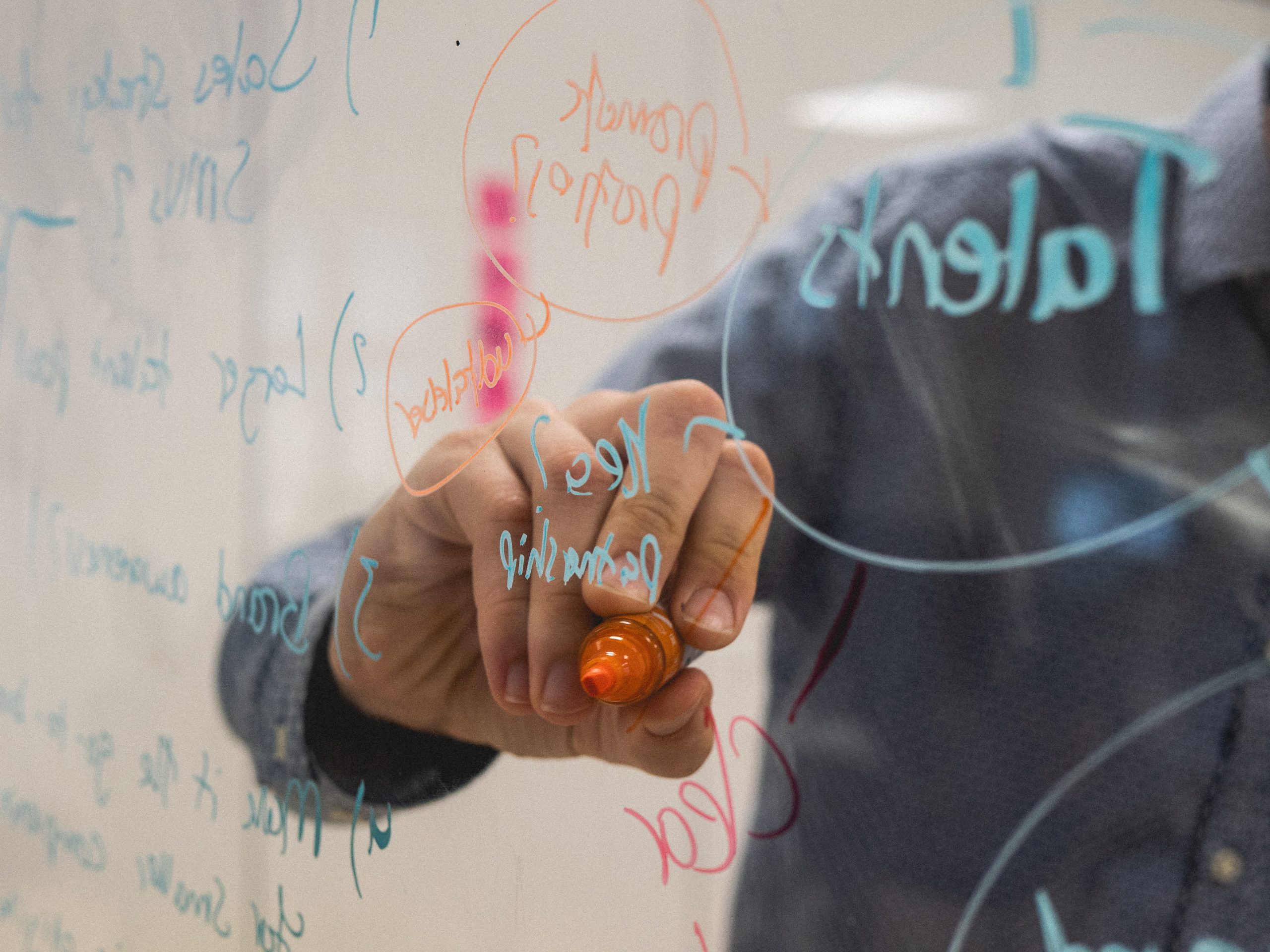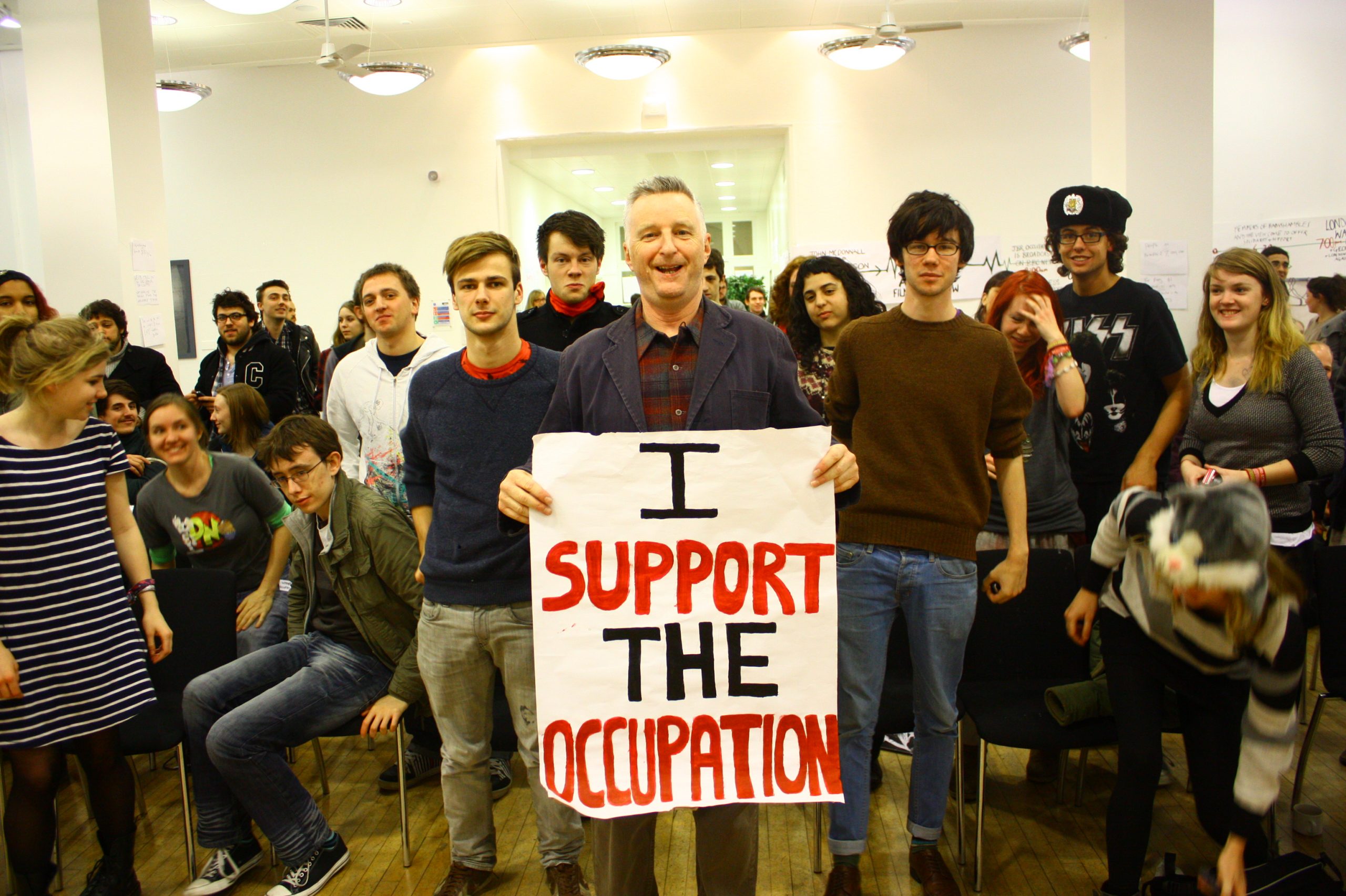For decades, creative activism has been at the heart of some of the most pivotal political movements in human history. While not all instances were positive, they all left a lasting impact on our world.
Few examples of creative activism are more well-known than the art surrounding the French Revolution. The movement has helped to define French identity as well as their artistic messaging. Similar ideas are still prevalent today in today’s political sphere and show powerful creative activism is.
While creative activism looks markedly different today it still holds much of the power it once did. New movements such as XR (Extinction Rebellion) have realised this are utilising its power of persuasion to change the world.
 Julia Hawkins, CC BY 2.0
Julia Hawkins, CC BY 2.0 The Different Intents of Activism and Creativity
On the surface when you look at creative art and activism they appear to be detached. Their goals and structure take very different forms.
For activism the action and process is all carried out for results; those being tangible change and reform. The whole purpose of activism is creating an ‘effect’. This can be in the form of new bills, laws, sentences, anything that is defineble and explicit.
Contrastingly, art and creativity are most often carried out to stir up particular emotions. These emotions can vary massively as they are exclusive to each viewer, by nature they are impossible to quantify as they are subjective.
Two such aspects could easily be considered mutually exclusive. The reality is, however, that creativity and activism are different sides of the same coin. Activism may take place in the world of politics, but more times than not the world of politics is driven by emotion and empathy, much like the world of art.
The current political climate is suited perfectly for creative activism. Being able to utilise artistic trends and topics in a way that conveys a political message, as well as stark emotions, is the greatest tool modern activists have at their disposal. The modern environment has made creativity and activism inseparable.

Why They Form a Perfect Coalition
In the current political climate getting heard is the beginning and end of all movements. If you are not able to generate traffic and word of mouth you won’t be successful. Coming up with creative and polarising messaging is always a good step in getting noticed, creative activism ensures that your movement hits both.
This point is backed up by XR’s Clive Russell who deliberately utilises ‘wonky’ styles to draw attention. This combined with vocal and disruptive protests means that there is no way that XR and their message can be ignored. Once people are aware of XR they are also aware of their goal; to halt climate change.
A similar process was also present in the American #insulin4all movement. The group utilised new forms of self-expression and stories to help convey the importance of affordable pharmaceuticals. Engaging people with stories of hardship not only helps them to empathise, but it is likely to encourage them to become politically active.
Creativity also makes what can be depressing topics enjoyable to tackle. Being able to brainstorm creative solutions and messages is a very cathartic experience. Responding to issues such as climate change and high medical prices with an enjoyable experience is a great way to drive political engagement and to grow your movement.

Activism in the Creative Industries
Creative activism is not inherent to protests however, you can find examples of it in almost every medium. For example, Max Richter composed a whole 33-minute title called Exiles which was based on the Syrian refugee crisis. He utilised his music and his platform to highlight a prevalent and vital issue which he believed needed addressing.
For some musicians, such as Billy Bragg, their craft is a direct avenue for them to engage and motivate their listeners. Bragg uses the emotive nature of music to help communicate his message of union and leftist politics. For him his music and his activism are one and the same.
Having the ability to create fantastic art, music or literature while also intertwining your political message is something that all politicians wish they could capitalise on. One of the leading reasons for Barack Obama’s success was his ability to engage voters with his use of effective artwork, most notably his famous Hope poster.
Unfortunately, the same is true of those who wish to combat inclusion and diversity. The far-right band scene is more populated than you may think. They attempt to use the same tools as other political groups, but they attach to it a message of hate rather than unity. Tackling trends such as this is just as important as ensuring inclusive politics are shown within the creative industry.

How to get Involved
For many of us it may seem impossible to get involved in creative activism. You may feel like you don’t have the artistic sense or confidence to get started. This simply is not the case. Creative activism does not rely on ability, rather it relies on effective messaging and cooperation.
Furthermore, no idea is a bad idea, something that may appear as a dud to you may be perfect for an audience you haven’t even considered yet. Also, the process of brainstorming with others and devising strategies is fun. Being able to enjoy the process while also contributing to spreading an important message is a large part in what makes creative activism so attractive.
If you don’t feel like joining a group right off the bat then pursue it on your own, create posters, poetry, graphic designs anything. Adding anything to a movement you care about is already a massive step in becoming politically active. The most important point is that you do so for something that you do believe in, don’t become a passenger for a message you don’t care about. Remain determined in what you believe and what you want to achieve and the process will be all the more enjoyable for it.

